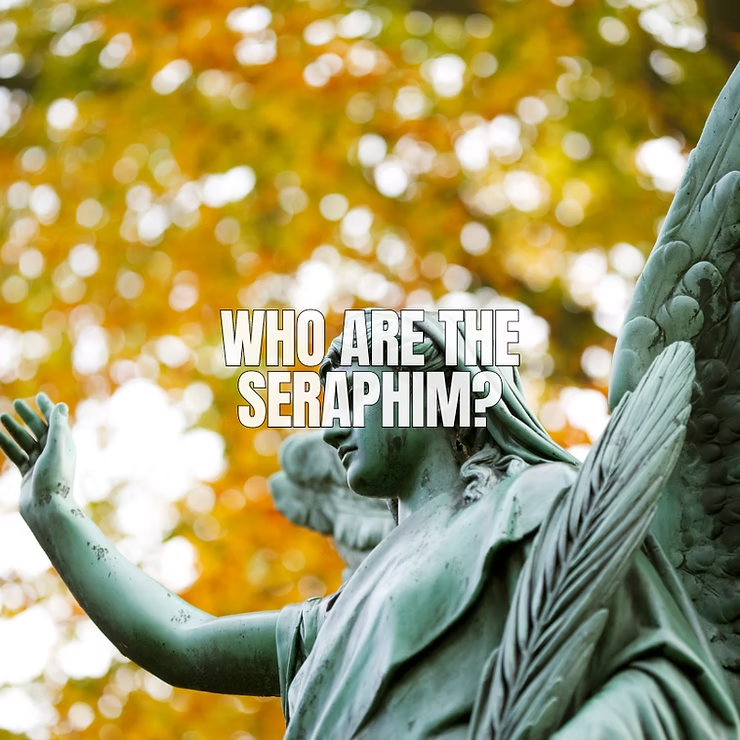The Celestial Seraphim: Heaven’s Fiery Worshipers
These exalted angelic beings embody divine purity and ceaseless adoration in God’s presence, serving as powerful symbols of heavenly worship.
Biblical Foundations
- First appear in Isaiah’s throne vision (Isaiah 6:1-7)
- Derived from Hebrew “seraph” meaning “burning ones”
- Six-winged creatures surrounding God’s throne
Distinctive Characteristics
Striking Physical Manifestation
The Seraphim’s unique appearance includes:
- Six wings – two covering faces, two covering feet, two for flying
- Fiery, luminous beings radiating divine glory
- Humanoid features with celestial radiance
Heavenly Functions
Their primary roles include:
- Continuous worship before God’s throne
- Proclaiming God’s holiness (“Holy, holy, holy”)
- Purifying prophets for divine service
Theological Significance
Symbolism of Their Form
Each element carries deep meaning:
- Six wings: Complete devotion and service
- Covered faces: Reverence before God’s glory
- Fiery nature: Purifying presence
Comparative Angelology
How Seraphim differ from other angels:
- Highest order in celestial hierarchy
- Specialized in worship rather than messages
- Closest to God’s throne
Cultural Representations
Artistic Depictions Through History
Common artistic motifs include:
- Byzantine mosaics with golden hues
- Renaissance paintings with multiple wings
- Modern interpretations in stained glass
Literary Appearances
Notable references in:
- Dante’s Divine Comedy
- Milton’s Paradise Lost
- Contemporary Christian literature

